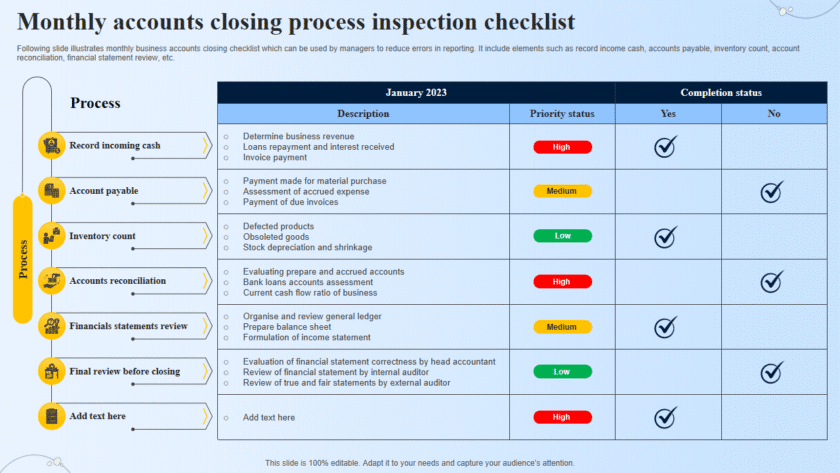Protecting customer data on your website is essential for maintaining trust, avoiding legal issues, and preventing cyber threats. Here’s a practical, step-by-step guide:
🔐 How to Protect Customer Data on Your Website
✅ 1. Use SSL/TLS Encryption (HTTPS)
- What it does: Encrypts data in transit (like login credentials, payment info).
- How to do it:
- Install an SSL certificate.
- Redirect all traffic from HTTP to HTTPS.
- Why: Prevents man-in-the-middle attacks.
✅ 2. Store Only Essential Data
- Best practice: Collect only what you absolutely need (e.g., avoid storing full credit card numbers).
- Minimize risk: Less data = lower risk if your site is compromised.
✅ 3. Hash and Salt Passwords
- Never store passwords in plain text.
- Use secure hashing algorithms like bcrypt or Argon2.
- Salting adds an extra layer of protection against brute-force attacks.
✅ 4. Implement Strong Authentication
- Enforce strong password requirements.
- Enable two-factor authentication (2FA) for both users and admins.
- Lock accounts after multiple failed login attempts.
✅ 5. Secure Your Database
- Use firewalls to restrict access to the database server.
- Store customer data in encrypted form when at rest (especially sensitive data).
- Regularly back up your database to a secure location.
✅ 6. Use Reputable Third-Party Services
- For payments, use PCI-DSS-compliant processors (e.g., Stripe, Paystack, Flutterwave).
- For email marketing, choose GDPR-compliant platforms.
✅ 7. Keep Software Updated
- Regularly update your:
- CMS (like WordPress)
- Plugins/extensions
- Server software
- Apply patches as soon as they are released.
✅ 8. Limit Access and Permissions
- Apply the principle of least privilege: only give users/admins the access they need.
- Revoke access immediately for ex-employees or inactive users.
✅ 9. Protect Forms and APIs
- Validate and sanitize user input to prevent SQL injection or cross-site scripting (XSS).
- Use CAPTCHA to stop bots and rate-limiting to prevent abuse.
✅ 10. Have a Privacy Policy
- Inform users what data you collect, why, and how it’s stored and used.
- This builds trust and helps you comply with data protection laws (e.g., GDPR, NDPR).
✅ 11. Monitor & Audit Regularly
- Use tools to detect intrusions and vulnerabilities.
- Set up logging for login attempts, data changes, and admin activity.
🚨 Extra Tips:
- Disable auto-fill for sensitive fields (like credit card or national ID).
- Educate your team on phishing and social engineering.
- Create a data breach response plan—just in case.
🔚 Final Thought:
Protecting customer data isn’t just about security—it’s about building trust, avoiding fines, and securing your brand reputation. Make it a core part of your website strategy.






